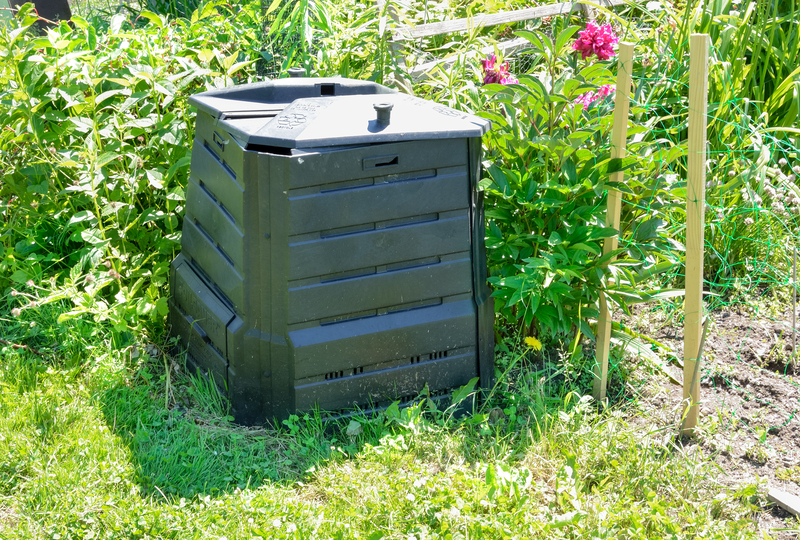Why Clearance Sucks: Unveiling the Hidden Downsides
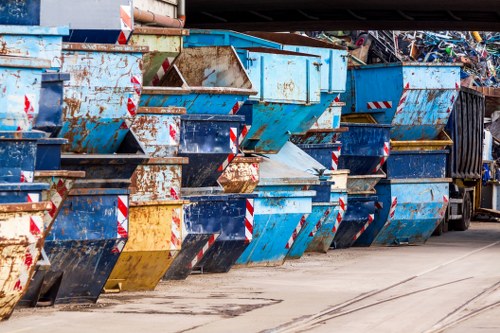
Clearance sales are often seen as shoppers’ paradise, offering products at unbeatable prices. However, beneath the surface of these seemingly great deals lies a myriad of issues that make clearance shopping less appealing than it appears. From questionable product quality to limited selections, the reality is that clearance sucks more often than it delights.
One major drawback of clearance items is the limited availability. Once a product is marked as clearance, restocking is rare, meaning that if you miss out on a deal, it's gone for good. This scarcity can lead to frustration, especially when high-demand items are involved. Moreover, evidence suggests that many clearance products are discontinued versions, which may lack the latest features found in newer models.
Another significant issue is the quality compromises often associated with clearance goods. Retailers might offload items that didn’t meet their quality standards or have minor defects. While some discounts are legitimate savings, others might result in buyers paying reduced prices for subpar products. This disparity can lead to dissatisfaction and a feeling that clearance truly sucks when the product doesn’t meet expectations.
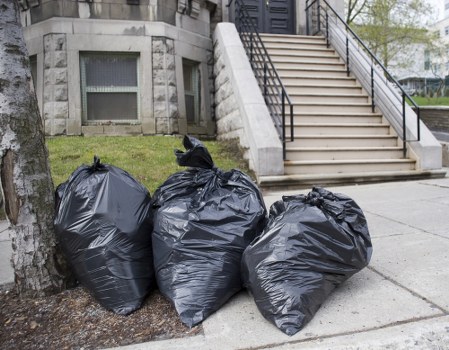
The Psychological Trap of Clearance Sales
Clearance sales exploit psychological triggers that encourage impulsive buying. Retailers create a sense of urgency through limited-time offers, making shoppers feel compelled to purchase items they don’t necessarily need. This tactic can lead to unnecessary spending, leaving buyers with regret and the impression that clearance really sucks for their wallets.
Additionally, the cluttered environments of clearance sections can overwhelm consumers, making it challenging to make intentional purchasing decisions. The abundance of choices, combined with low prices, can lead to decision fatigue, where the excitement of a deal overshadows the practicality of the purchase. As a result, many end up with items that are rarely used or duplicated, reinforcing the notion that clearance is not as great as it seems.
The allure of steep discounts can also mask the true value of clearance items. Shoppers might focus solely on the price reduction without considering the actual utility or necessity of the product. This tunnel vision approach can result in accumulating clutter and wasted resources, making it clear that sometimes, clearance does suck.

Financial Implications of Clearance Shopping
While scoring a deal might seem financially savvy, the long-term implications can be detrimental. Continuously purchasing clearance items can lead to a cycle of buying unnecessary products, straining personal finances. This behavior often stems from the perception that clearance is a money-saving opportunity, which isn’t always accurate.
Moreover, clearance items may require frequent replacements if they are of lower quality, leading to higher cumulative costs over time. Instead of making a one-time investment in a durable product, consumers find themselves repeatedly buying cheaper alternatives from clearance racks. This pattern underscores the reality that clearance can ultimately be more expensive in the long run.
Furthermore, reliance on clearance sales can prevent shoppers from budgeting effectively. The unpredictable nature of clearance inventories makes it challenging to plan purchases, leading to overspending during sporadic sales events. This lack of financial planning reinforces the idea that clearance sucks for maintaining a balanced budget.
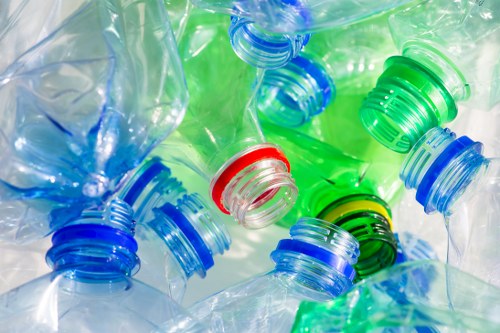
Environmental Concerns Linked to Clearance Sales
The environmental impact of clearance sales is often overlooked. Many clearance items end up being disposed of shortly after purchase due to low quality or lack of necessity. This disposability contributes to increased waste and environmental degradation.
Moreover, the production of clearance items that don’t meet quality standards implies a waste of resources from the manufacturing stage. These inefficiencies highlight the unsustainable practices behind aggressive clearance strategies, further supporting the argument that clearance contributes negatively to environmental efforts.
Additionally, the rapid turnover of inventory in clearance sales can lead to overproduction, exacerbating the strain on natural resources and increasing the carbon footprint associated with manufacturing and distribution. This connection emphasizes that, beyond personal inconvenience, clearance truly sucks for the planet.
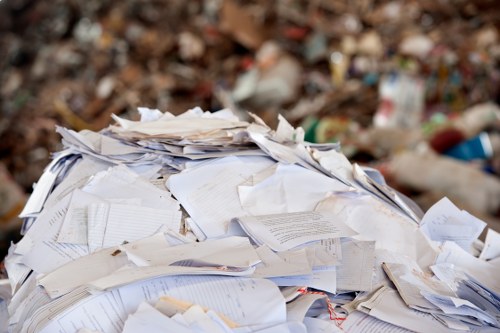
Conclusion: Rethinking Clearance Shopping
In summary, while clearance sales may appear advantageous at first glance, a deeper examination reveals numerous drawbacks that support the sentiment that clearance sucks. From quality issues and limited availability to financial and environmental repercussions, the downsides often outweigh the perceived benefits.
Shoppers are encouraged to approach clearance sales with caution, prioritizing necessity and quality over the allure of discounts. By making informed decisions, consumers can avoid the pitfalls associated with clearance shopping and foster more sustainable and financially sound purchasing habits.
